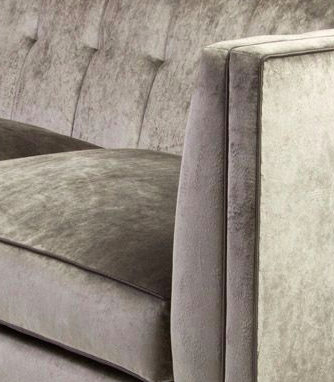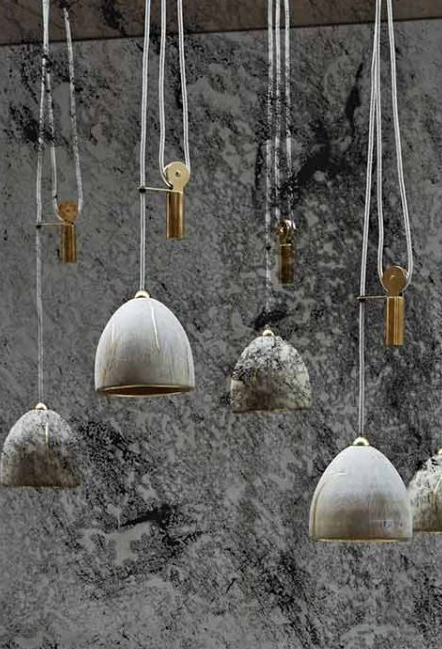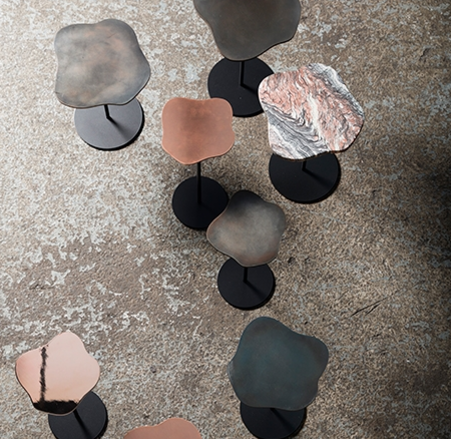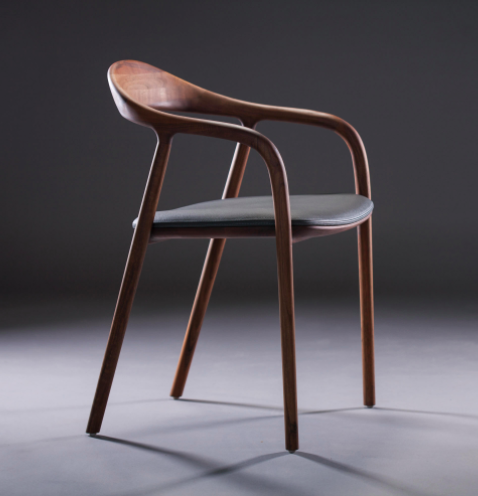Working from home is a gift that provides us with a large amount of freedom. However, when we live in a small house, creating an office can often be difficult. However, difficult does not mean impossible, and there are several hacks you can use to open up some space for your work.
Master Your Budget
One of the most burdensome aspects of working remotely is the initial investment in creating a functional workspace. Yet, you should have a defined area to make sure work does not bleed into home life and interfere with our ability to relax and sleep well. To ensure you can build up roominess, you'll need to budget for your office. For instance, cut back on spending temporarily so you can save up a small amount of money to have some freedom when it comes to getting the right furniture. After you trim back your spending, you may be surprised by how quickly you can accrue money to make your office a reality.
Plan Your Layout
When you're low on space, smartly planning the layout of your furniture is vital to maximizing capacity. An office needs plenty of light, and being near a window is a good way to keep focused without feeling claustrophobic. However, you need to be practical as well. Instead of dedicating storage to physical files, use digital copies as often as possible. A computer, especially a business laptop, is compact, and you can make backups easily without sacrificing valuable space. It may take some trial and error to find what works as well in life as on paper, so give yourself some time to discover the best structure for your room.
Functional Furniture
You need your furniture to be multi-functional when you have limited room. It may take some effort to find the perfect pieces that double as storage, but it's worth the time you’ll spend doing so. Start by taking a look at various built-in desks, as these offer room to work without taking up unnecessary space. You can always create your own desk if you feel confident and have the time to spare. If you have absolutely nowhere to place your desk, think about putting it in a cupboard or even a closet. This way, when you're not working, you can tuck it out of sight. However, always remember that the more drawers your desk has, the more storage space it offers, so make sure your desk does its work as efficiently as you do.
Décor with a Purpose
Working in a bland, sanitized environment can make our workdays tedious and draining. However, being tight on space can make decorating a challenge, which is why we need to ensure all our décor does double duty, just like our furniture. Having a matching color palette can go a long way toward making something look aesthetically pleasing, and it takes up zero space that could be otherwise used. Whenever possible, add some plants to your workspace. Not only are they a nice pop of color to look at, but they also filter the air and can lower our heart rate, which makes our days much easier.
Stay Organized
Staying on top of your organization will give you the boost you need to keep your area tidy and functional. As mentioned, using cloud storage is a good start to eliminating paper waste and clutter, but there are other ways you can stay organized. Keep your new office sane by giving everything a home, and store similar items together in specific zones. This will ensure your office supplies are accessible as well as neatly stowed.
Your home office is your canvas, a place to express yourself and your creativity. No matter how small your space is, you have options to challenge your limitations and make the perfect workspace. It takes a good budget with plenty of planning, but anything is possible.
Image Courtesy of Pixabay





















